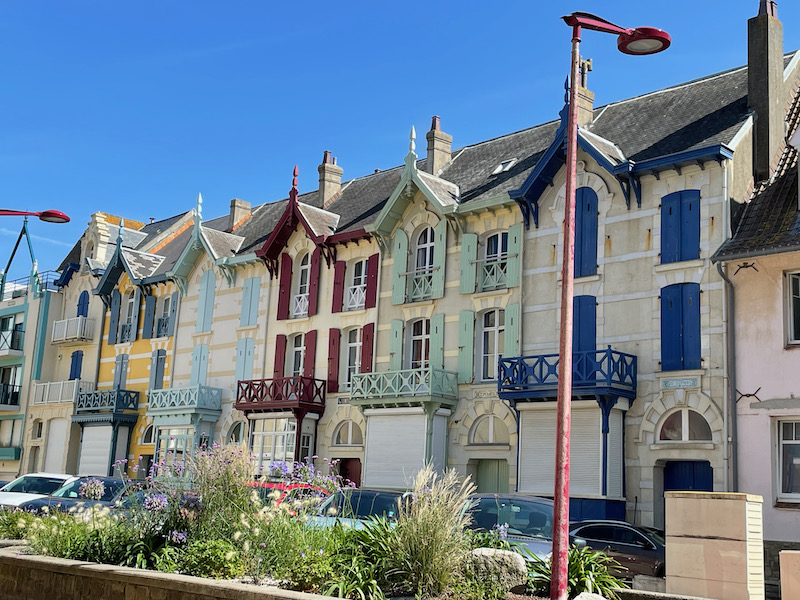Our Blog - Summer 2024 Trip - Wimereux, France
Wimereux is a small seaside resort just up the road from where we were staying during the 3rd week of our vacation. It is a VERY old area with flints found that date to around 500,000/700,000 BC. Then it was affected by glaciers before the climate became more habitable around 8,000 BC.
It was only a tiny fishing village until it turned into a seaside resort for wealthy families from Paris and Lille. These families built a set of seaside villas typical of the Belle Époque era. The town does a good job for tourists, with a map of villas and at each villa, a QR code giving more information on the house.
We only did a small subset of the villas, starting with La Surprise (the surprise). It was built in 1903 in an Art Deco style (sober lines, grid railings). It was purchased in 1929 by Liévin and offered it to his wife, Anne-Marie Thiriez, as a wedding present.
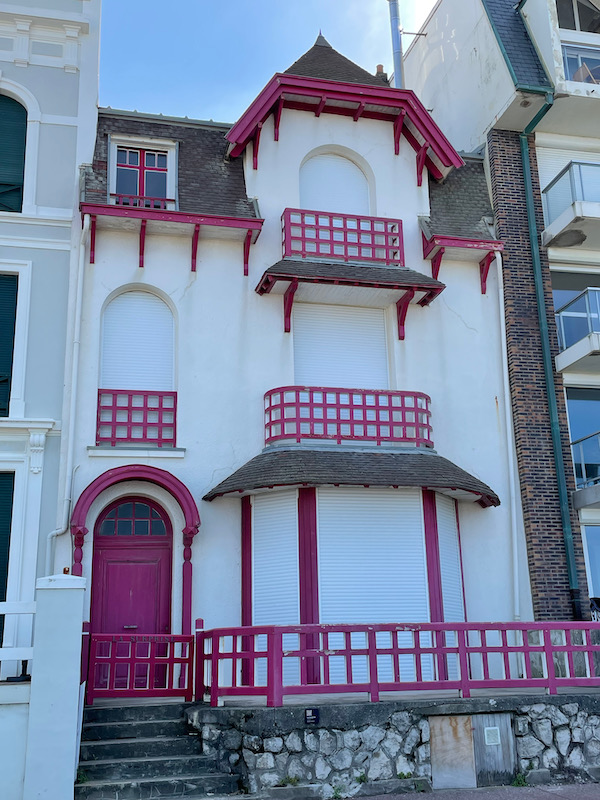
Built a little later, The Atlantic is a bit of a "phoenix" in town. Built in 1920, it was one of the last hotels to be built here and decorated with art nouveau motifs in an art deco style. It was one of the few hotels to survive the Stock Market crash in 1929 and then also survived the turmoil of World War II. It has been renovated a few times but has managed to keep the majority of the original architecture. The

The villa Jeanne-Henri was built in 1900 by Henri Küss and his wife Jeanne Weiss. It sits on a corner and was also influenced by the advance of Art Deco, characterized by its sober lines and architectural details. It has a blue and yellow ceramic frieze, horizontal under the cornices and sometimes vertical or diamond-shaped on the façade. Here is a little piece of trivia ... Why is the corner of the building "cut off"? Because Art Deco avoids corners, and in the days of horse-drawn carriages, crossroads with cut corners were easier to negotiate.
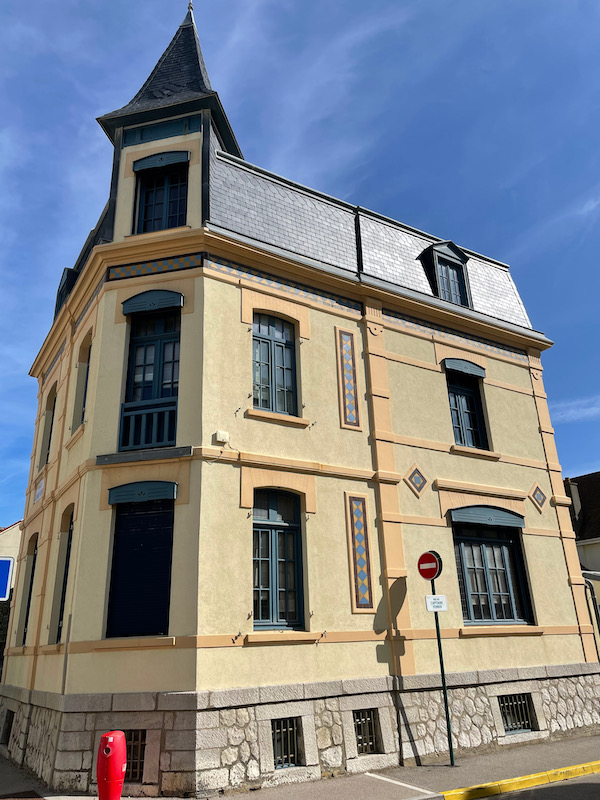
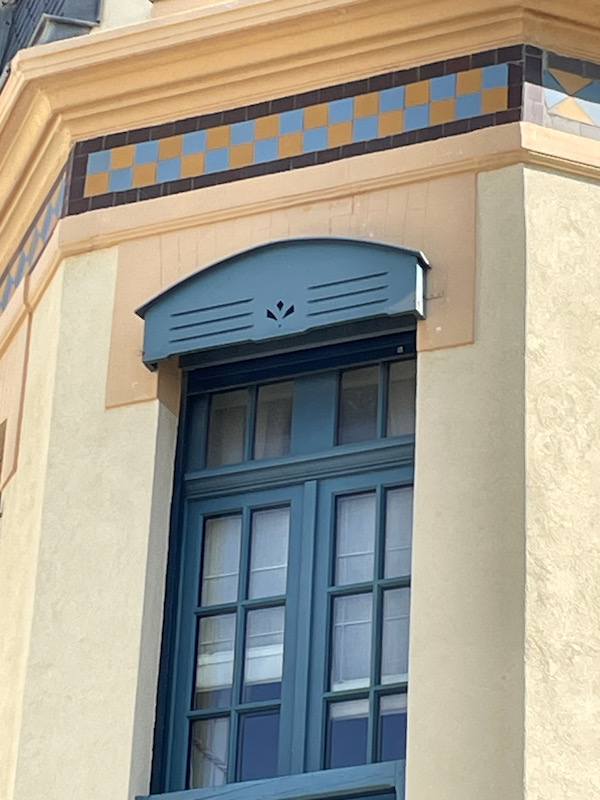

Build around 1922, the "Clos Flamand" (the Flemish enclosure) was built for a family from Lille. There are lots of details here ... the rounded door entry, the bay windows, the vertical half-timbering on the main gable, the window and door frames alternating with vertical and horizontal cut stones. One of the windows even looks like it has a little stained-glass pane in it.
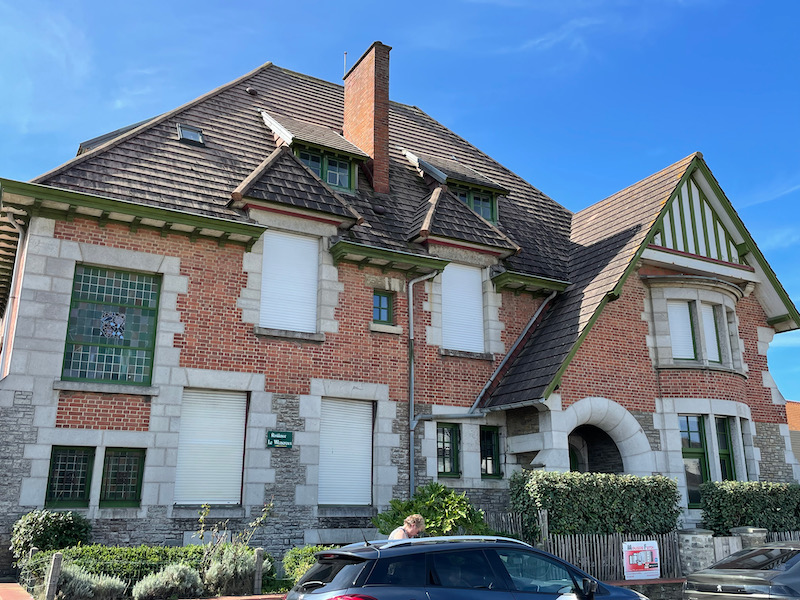
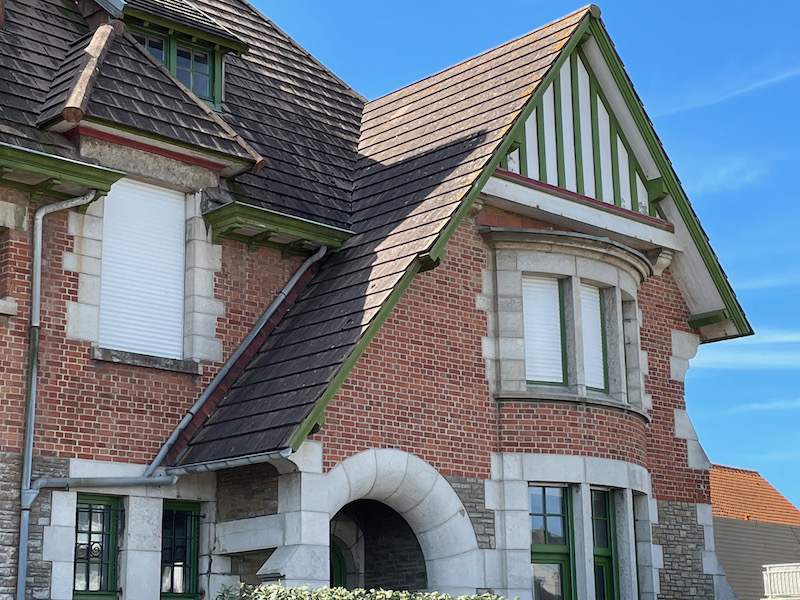
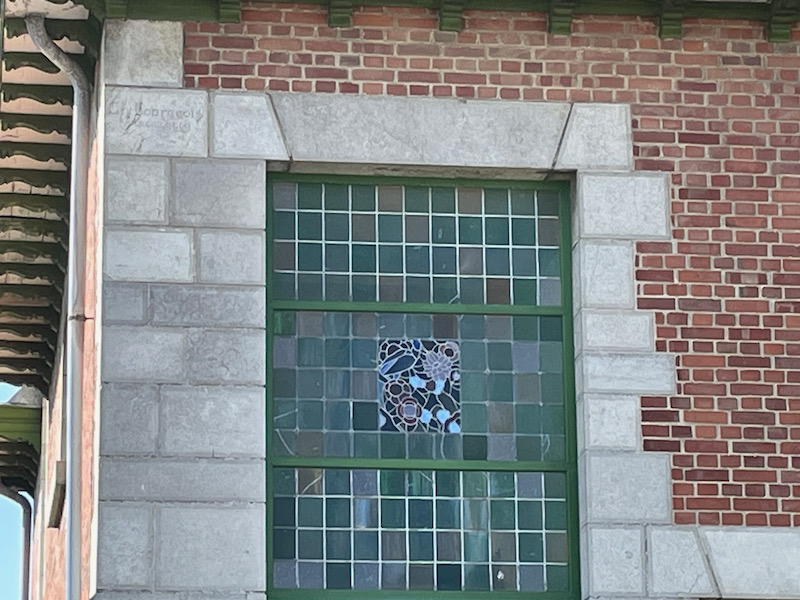
Next door is a little tiny villa called the Napoleonette. It isn't named based on Napoleon owning it or staying in it. The name comes from the street, rue Napoléon, which is here because there was a military camp established by Napoléon in 1803. The villa was built in 1867 and is one of the oldest chalets in town.
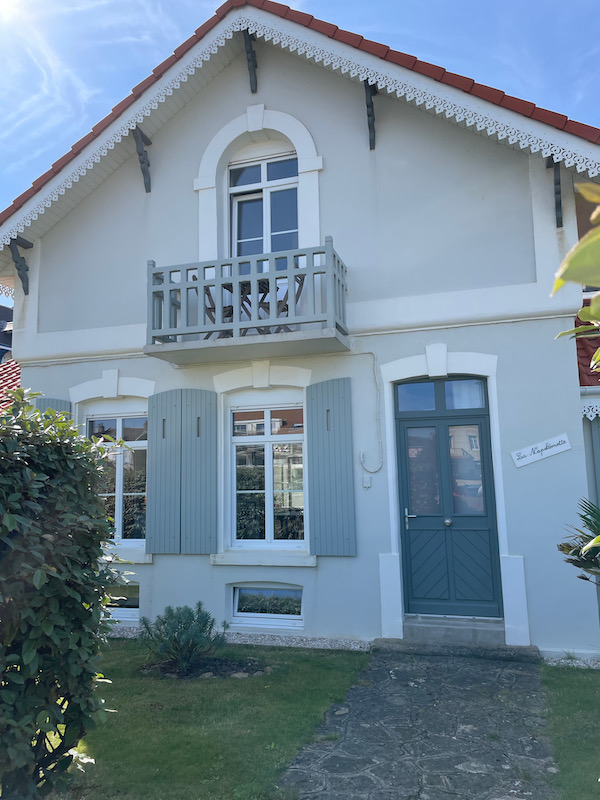
This massive mansion was built in 1897 is named Mauritians. Wimereux was known as the "Beach of the English". There was an Anglican temple built in 1906. The casino and the Splendid Hôtel, a 150-room palace, were frequented mainly by British customers. Quite a few of the British gentry came to spend the summer in Wimereux. This villa was built by an English architect for an English banker and ambassador, originally from Mauritus (hence the name).
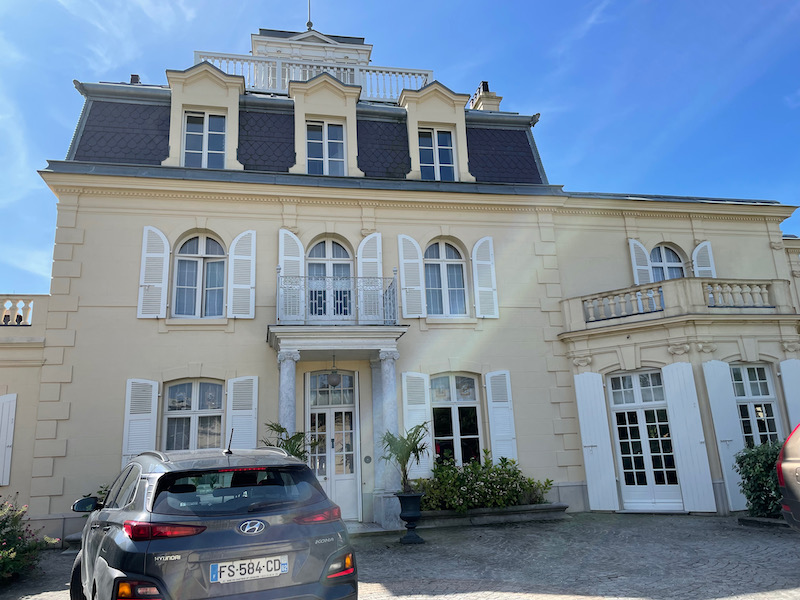
Across the street is Les Mouettes (the seagulls). Built in 1883, it is probably one of the most unique-looking villas here. The walls are covered with glazed tiles to protect against the prevailing winds and storms, much like glazed tiles on roofs protect the house. I could only get the upper part of the house in the picture because of the fence around it.
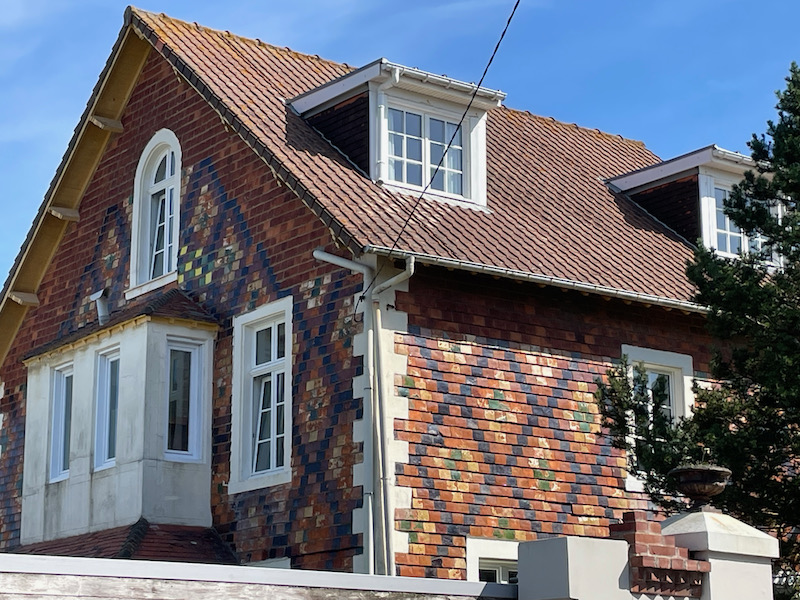
Built in 1895, the Pierre Marie is another corner villa that seems cut off on the corner. It got new owners in 2017 who restored the villa after it had been neglected for some time. One of the unique things here is that it has 3 façades, all that are pretty much identical. The window and door frames are made of stone. The ground floor is a "holiday home" that can be rented on AirBnB.
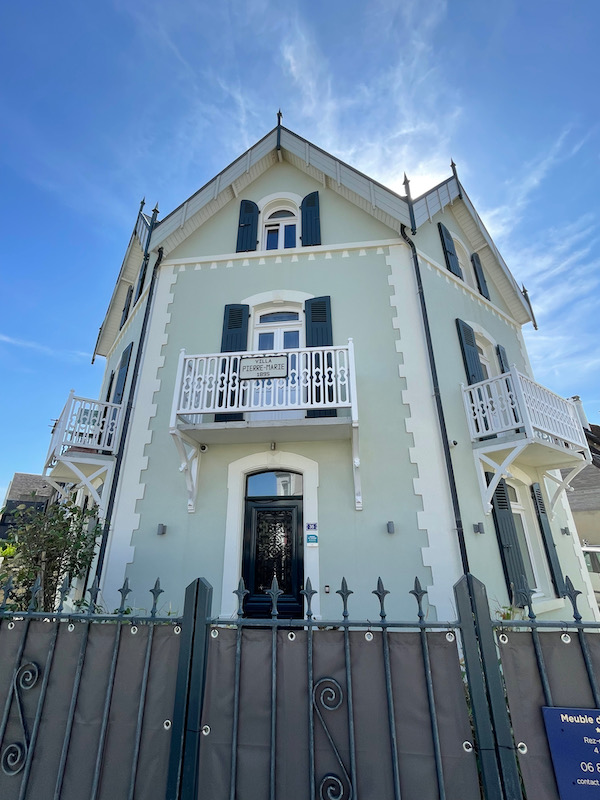
The Kingfisher villa was built in 1984. It has a large square bay window on the 1st floor and then a large Baroque pediment at the top. The columns supporting the entrance porch have Ionic capitals.
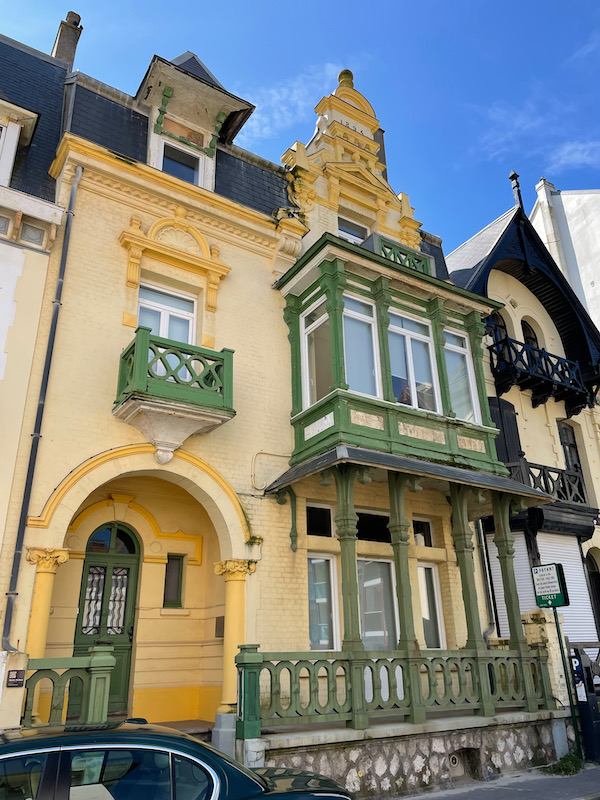
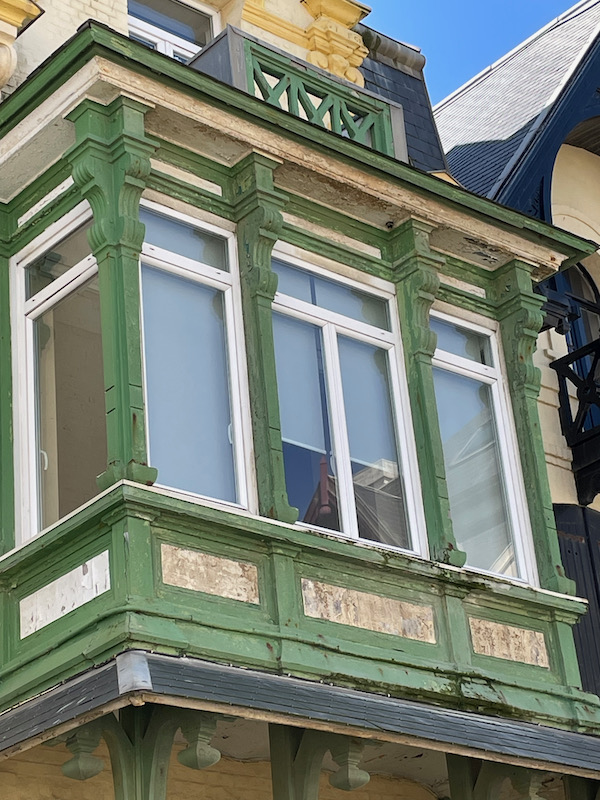
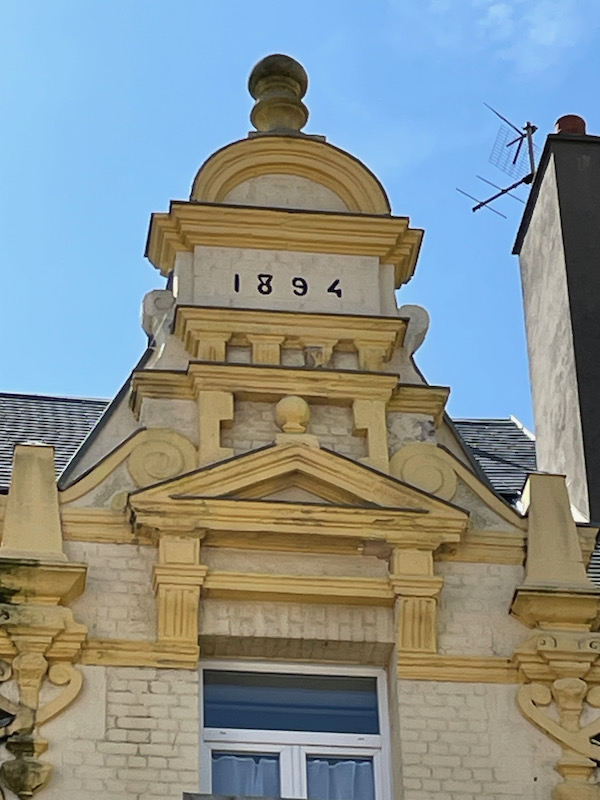
The last villa is the Saint Louis, built in 1895. It has nice stonework details on the front, around the arched door and windows. It also has quite a few little turquoise flowers on the upper floors.
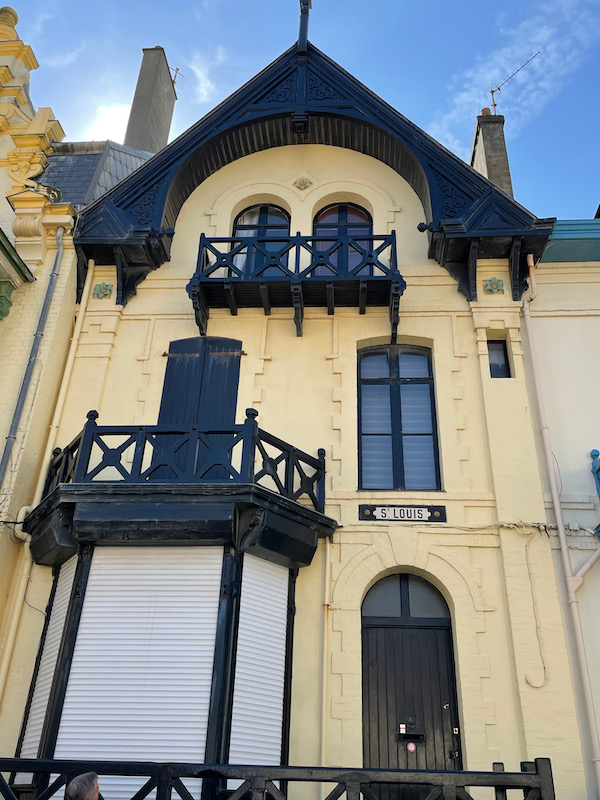
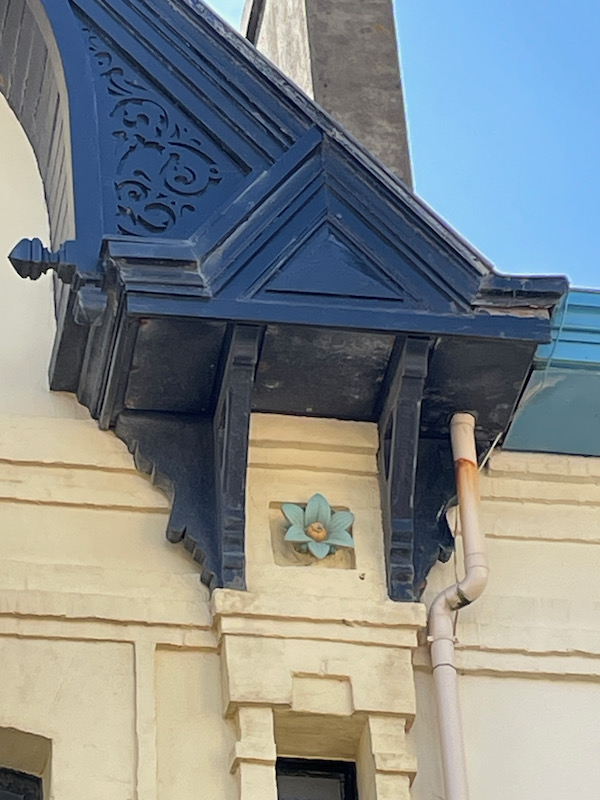
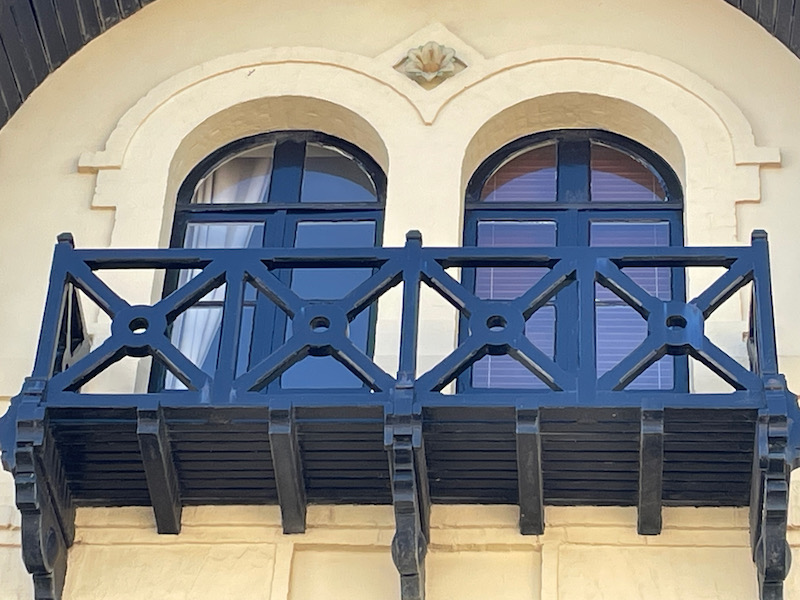
This little row of identically-designed villas, all with different colors, was quite interesting. They weren't on the tour, so probably not "historic" villas, but cute nonetheless.
